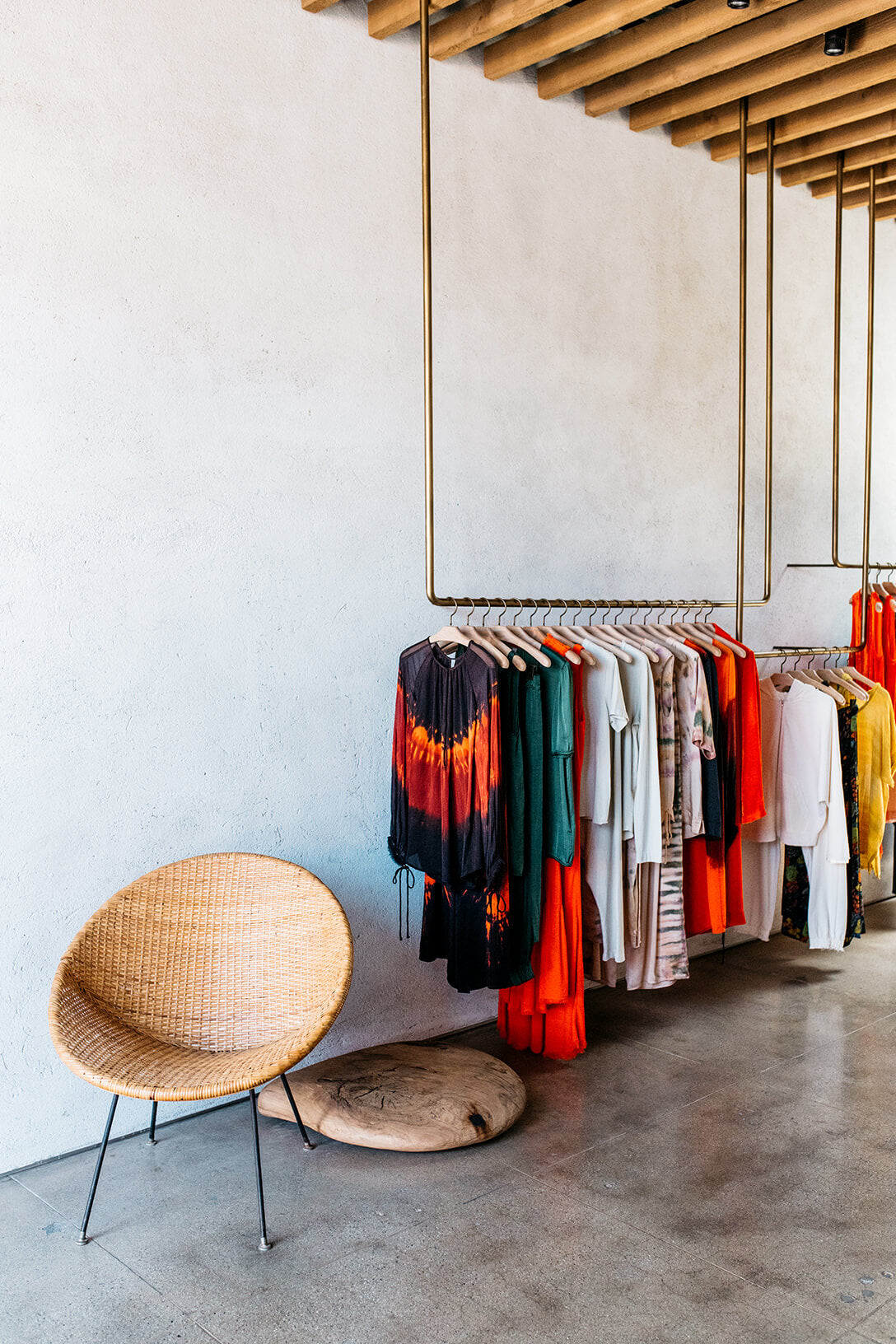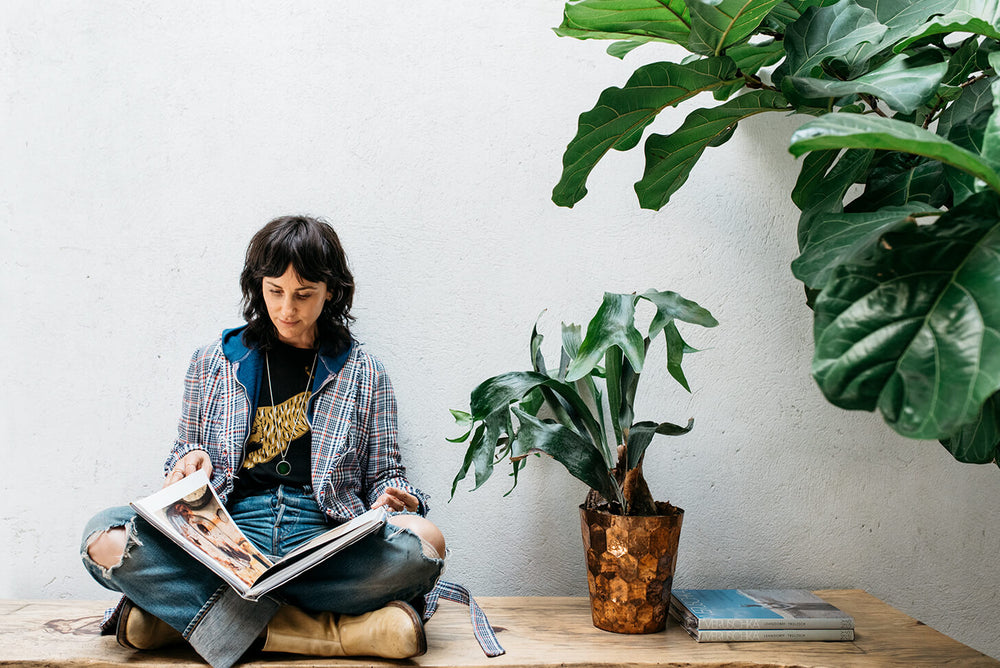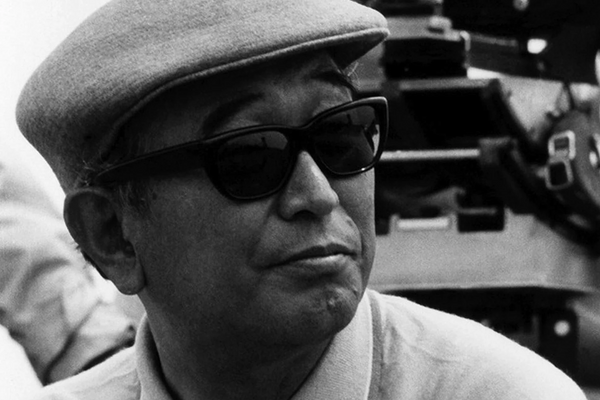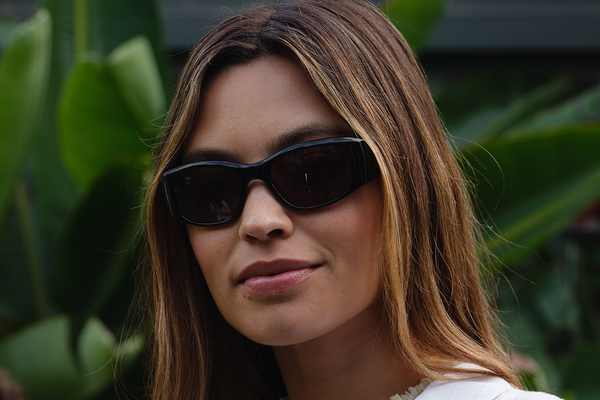Earlier this year, clothing designer Raquel Allegra decided to opt out of New York Fashion Week. Instead, she spent a night welcoming guests and buyers into her new Hollywood showroom to watch a moody, ethereal video of her fall collection, shot on the beaches and streets of Costa Rica. “We filled the place with tropical plants and projected the film we made on the wall,” she tells me, grinning from ear to ear. “Then we threw a dance party. It was so much fun.” While skipping the big show scene is becoming more and more common among young designers, Allegra’s move felt like an especially free-spirited one – a natural choice that spoke to both her brand and her own inspired backstory.




Born in Berkeley, Allegra has spent the last decade growing her namesake label in the heart of Los Angeles. Though she originally moved to LA to pursue a music career, she says clothing has long been one of her muses. “I’ve always loved to have things that other people don’t have,” she says. “I want to be able to rock something that I’m not seeing on some other girl.” When she was in her early 20s, that meant making outfits to go dancing in. “I was a big club kid, going to all the raves,“ she says with a laugh. Early on in her Los Angeles days, she started buying and reworking vintage t-shirts, which she’d often wear to her retail job at Barneys in Beverly Hills. It was there that her handmade tops first caught the eye of some notable shoppers, and demand quickly grew. To keep up with production, she started hunting down large lots of the softest, most gossamer vintage she could find. Her search eventually led her to a rag shop downtown where she happened upon a motherload of whisper-thin garments once worn by the inmates of the LA County Jail system.




“I started looking through them and thought, ‘There’s just no way I can use these. No one is going to wear them,’” she remembers. “But In the process of going through them and realizing how incredibly soft they were, I committed myself to this idea of taking these discarded t-shirts, which in some way represented these discarded people, and making beautiful things out of them.”


Contrary to her initial fears, Allegra’s karmic business model actually led to more demand, and before long her beautifully shredded and tie-dyed creations were showing up in stores like Maxfield and Liberty, and on the backs of A-listers like Heidi Klum and Penelope Cruz. Custom t-shirts eventually turned into dresses, and pants, and tops, which gave Allegra even more room to play with different fabrics, dyes, and colors. By 2010, she’d launched her first line. In 2016, the Hollywood shop opened.


Today, Allegra is still championing the slow, sustainable, process-based design model that started her fashion journey. All of her clothes are painstakingly workshopped alongside her team of local fabricators and dye experts, most of whom she’s been working with since the beginning. Nowhere is this more apparent than in Allegra’s Fall 2017 collection. The pieces — which run the gamut from lightweight black and red kimonos to deep royal blue dresses to tie-dye jersey tops that perfectly mimic tropical sunsets — were all loosely inspired by the 1973 Japanese animated film Belladonna of Sadness. ”The colors and the way the images are created are so much like our tie-dyes,” she says. “The film literally became our whole storyboard.” But the film’s message also struck a close personal chord for Allegra. “It’s really kind of an empowerment story. I felt this interesting synchronicity with this woman basically being persecuted for her connection with nature, and her voice being taken away. It presented this image of new beginnings, of possibility lying before you.”


Throughout her career, Allegra says, her clothing has always been a reflection of her, and as her business grows her number one priority is making sure it stays that way. Because instinct, above all else, is what her brand is built around. “The question I always ask myself and my team is ‘Do you want to wear that?’ If the answer is yes, then I know a piece is ready. It’s all personal. It’s so super personal and it really is a lot about feeling.”



